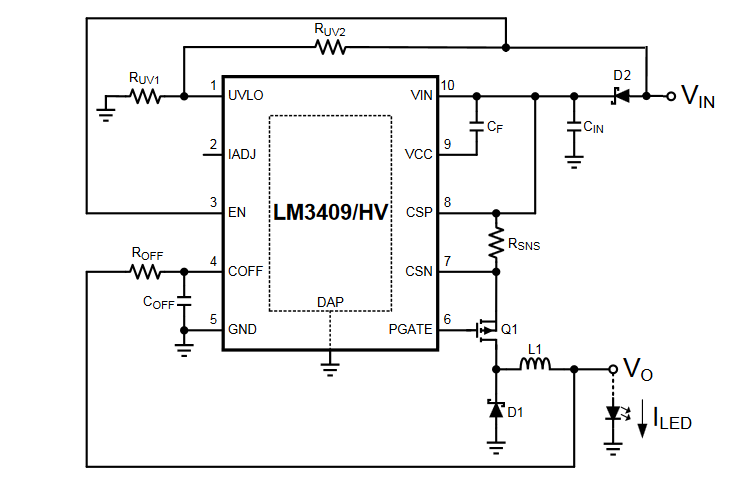Other Parts Discussed in Thread: LM3406
Hi,
I am writing this from a company in Germany. We are using LM3409MY/NOPB as a buck controller to supply output to LED. The PGATE of this IC connects with the gate pin of an external MOSFET.
The input we are using is 24V PWM. Frequency range is 100 to 1000 Hz. This same input is used for both the LM3409 ic as well as to power the MOSFET.
1) Do we need to use capacitor as a buffer to smooth the PWM input? Capacitor is used before the input is supplied to the IC and to the MOSFET.
2) Can LM3409MY/NOPB work fine for the PWM input I mentioned?
3) What can happen if the duty cycle of the PWM is too low? (or too high)
I look forward to response.
Thank You
AZ


